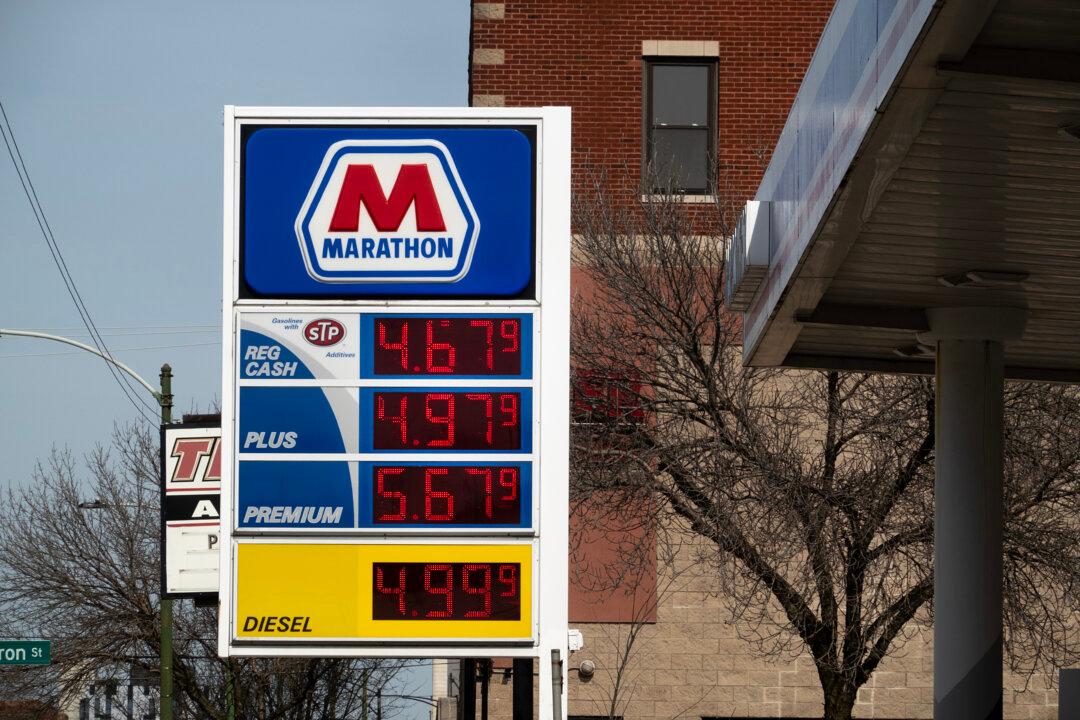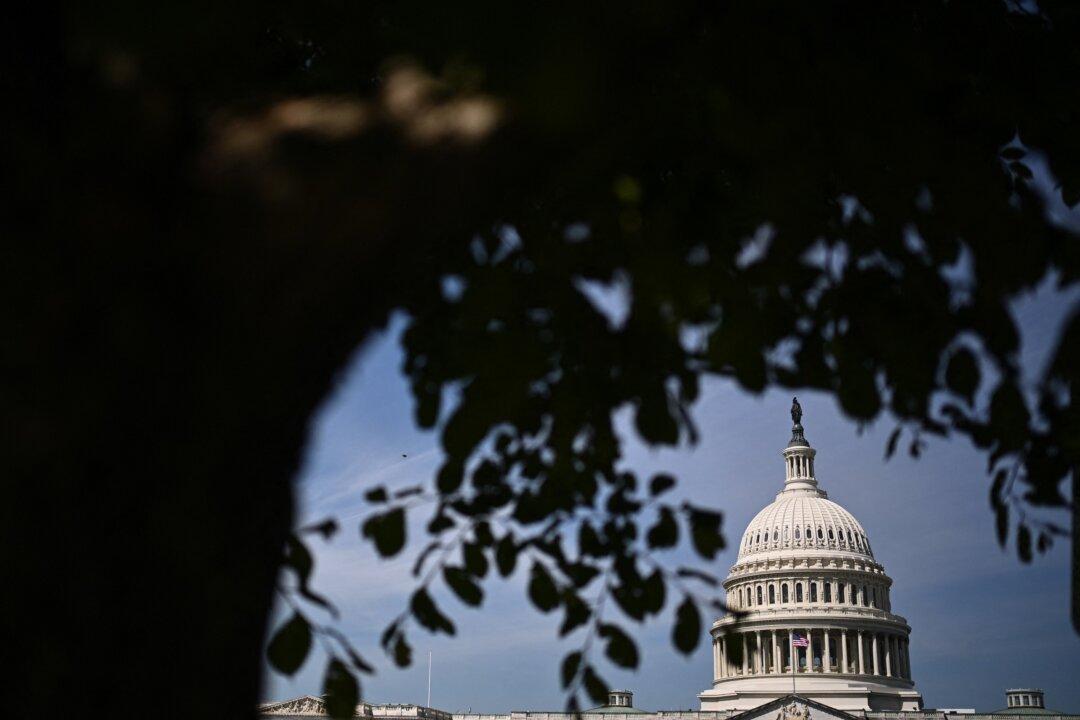When Silicon Valley Bank (SVB) collapsed on March 10, many were afraid the collapse would cause a bank run. The general public was scared. On the surface, it looked like a lot of innocent people were going to lose money. Ninety-four percent of SVB’s deposits were uninsured, meaning that 94 percent of SVB’s deposits were over the Federal Deposit Insurance Corp. (FDIC) threshold of $250,000.
SVB had also expanded rapidly in the run-up to the collapse, so the ripple effect was felt across the Unite States, even with clients of the former Boston Private Bank, now owned by SVB.





